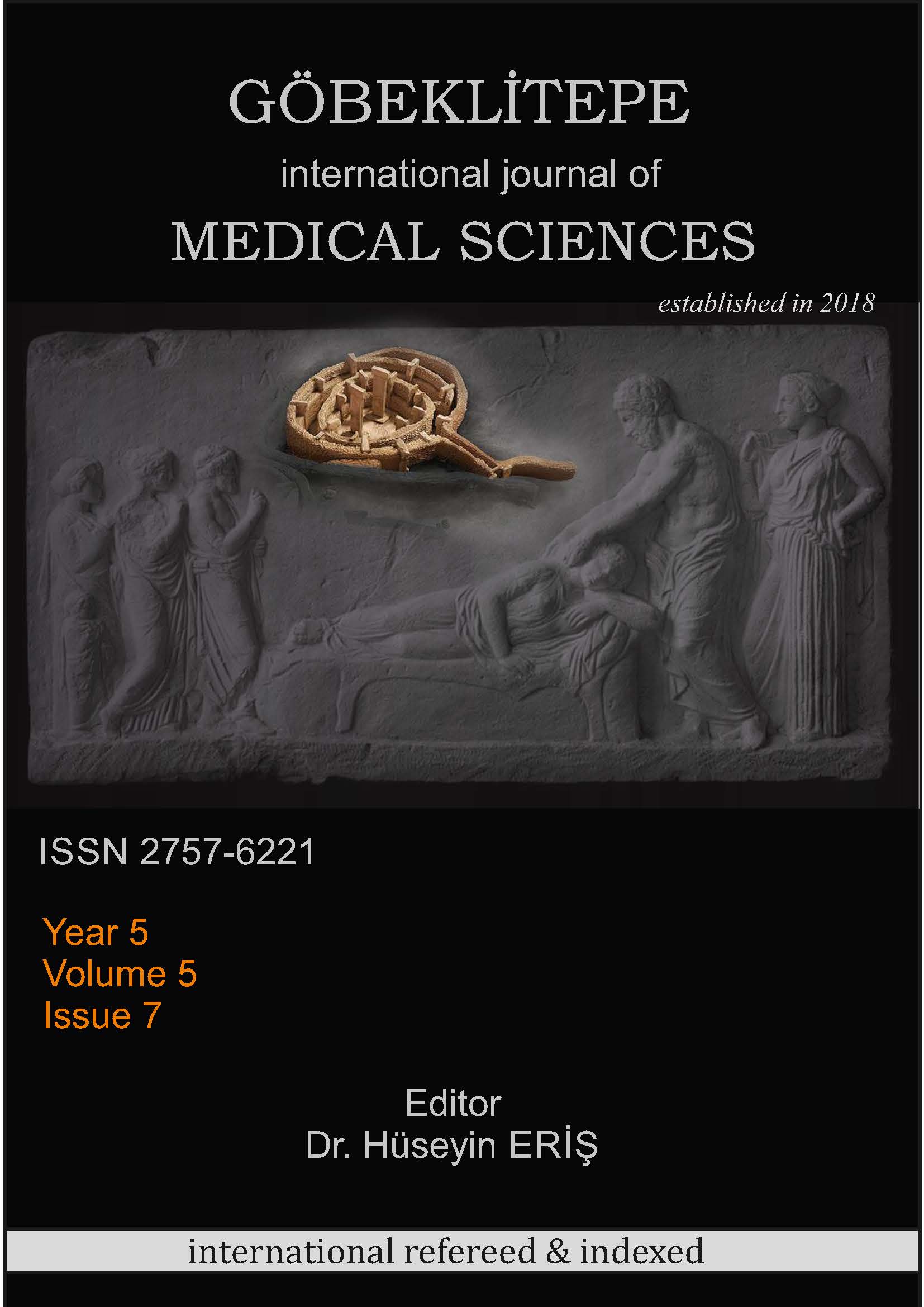EXERCISE BEHAVIOR OF PHYSIOTHERAPY AND REHABILITATION STUDENTS: A CROSS-SECTIONAL STUDY
DOI:
https://doi.org/10.55433/gsbd.151Keywords:
Exercise behavior, Physical Activity, Physiotherapy and Rehabilitation, University StudentsAbstract
The aim of this study was to examine the exercise behavior of the students of the Physiotherapy and Rehabilitation (PT) Department studying at Istanbul University-Cerrahpaşa. 77 1st grade PT students (56 females, 21 males) were included in this study. Students' sports habits and demographic information were questioned by a questionnaire. Exercise Stages Change Scale-Short Form (ESCS-SF), Exercise Self-Efficacy Scale (ESES) and Exercise Decision-Making Balance Scale (EDMBS) for exercise behavior and International Physical Activity Assessment Questionnaire-Short Form (IPAQ-SF) for physical activity were used. The mean age of the students was 19,70±2,4 years. 9.1% of students reported that they do exercises regularly. Distribution of students according to 5-behavioral stages of ESCS-SF: 2.6%“continuation”, 15.6%“movement“, 42.9% “preparation”, 33.8%“thinking” and 5.2%“not thinking”. The mean scores of ESES and EDMBS were 10.01± 88 and 4.16±2.32. 97,4% of them reported a positive perception of exercise. 14.3% of them were low, 72.7% were moderate, and 13% were high level of physical activity. A significant positive correlation was found between IPAQ-SF total score and EDMBS -General and ESES Scores (p<0.05). This study is the first study to examine the exercise behavior of PT students. Although the majority of the students had a positive perception of exercise, it was observed that they participated in exercise at a low level. Exercise self-efficacy was low and exercise self-efficacy was related to physical activity. We think that it is an important step to define students’ exercise behavior and to gain a lifelong exercise habit.





